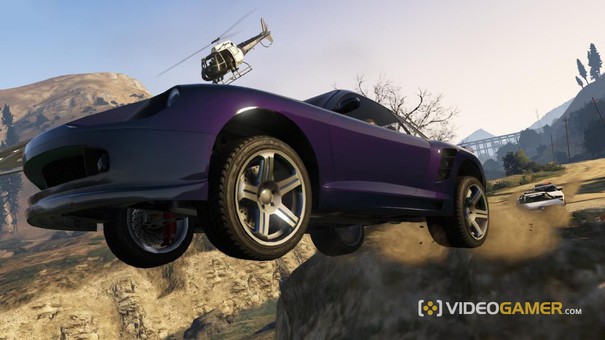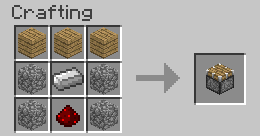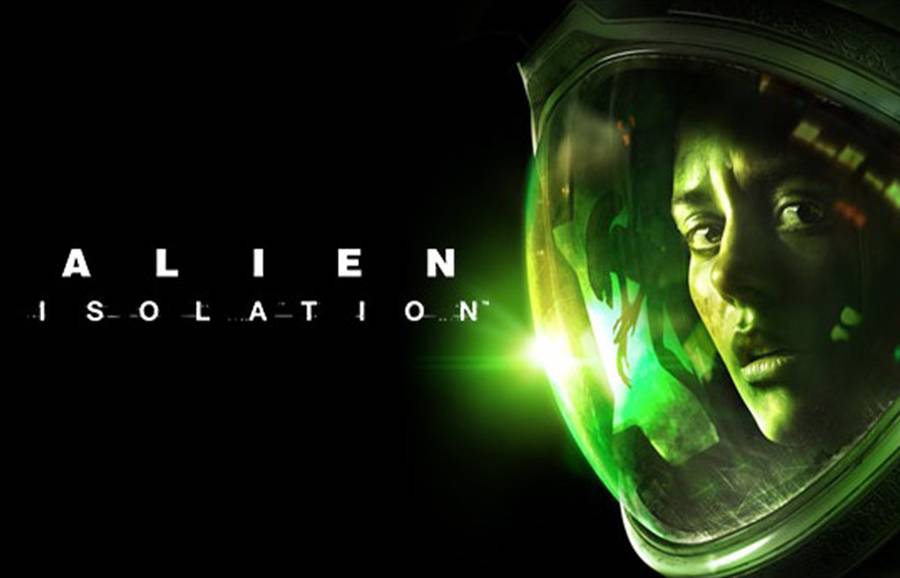

Your first experience with Gwent will take place during the Lilac and Gooseberries Main Quest. After you enter a tavern you'll be given an objective to ask travelers about Yennefer, at which point you can sit and talk with a scholar who is alone at one of the nearby tables. He won't mention Gwent immediately, but once you attempt to leave the table he'll introduce you to the game.
Tip: Before you sit and speak with the scholar, purchase as many Gwent cards as you can afford from the bar-woman, as these can be used to build custom decks for future Gwent games.Your first Gwent deck has been built for you, so you can immediately jump into a tutorial game against the scholar. We strongly suggest that you carefully read all of the instructions while you take part in your first full game. Here are some things you need to know about Gwent.
One of the important things to remember is that the 10 cards you start a Gwent game with must last you through the duration of the three rounds. You do not get a full, 10 card deck each round. This is where strategy really comes into play.
There are several different types of Gwent cards to be concerned with, and each card you play gets placed into one of the rows on the board. The most common card types that you'll run into are Close Combat, Long Range and Siege. Each of these cards has a value, and that value helps to determine your overall score. Your combined score between all of your rows is matched against your opponent's combined score to determine who wins the round.
For example, let's say that you play a Close Combat card with a value of five, and your opponent then plays one with a value of four. You are currently holding a higher score than them. However, if they place another card on their next turn with a value of four, they are now ahead of you, eight to five.
You're not just trying to win individual rows (Close Combat, Long Range and Siege), but end each round with an overall score higher than your opponent. You could be winning the Siege row by a score of eight to six, but if your opponent is winning the Close Combat row eight to five, they are winning the overall round by a score of 14 to 13.
In addition to having numerical values, some cards also have special abilities. These, like the Weather and Leader cards below, are not unlike modifiers. They add a level of depth the to the game that goes beyond the basic values that the Close Combat, Long Range and Siege cards have. Below is a list of the different abilities that cards can have.
We covered the basic card types above, but when you really want to get in-depth with Gwent you'll have to understand what Weather and Leader cards are all about. We'll start with Weather cards, which do not get placed on the board as common cards would, and do not contain values. Think of them more as modifiers that you play at strategic times.
The Witcher 3: The Beast of White Orchard
The Witcher 3: White Orchard - Missing in Action
The Witcher 3: Velen - Bloody Baron, Family Matters
The Witcher 3: Ciri's Room, Fake Papers
The Witcher 3: Novigrad - Broken Flowers, Get Junior
The Witcher 3: Skellige - The King is Dead, Nameless
The Witcher 3: The Battle of Kaer Morhen
The Witcher 3: Bald Mountain, Imlerith Battle
The Witcher 3: White Orchard Contracts - Devil by the Well
The Witcher 3: Velen Contracts - Jenny 'O the Woods, Missing Brother
How to Earn Infinite Crowns in The Witcher 3
The Witcher 3 - Skills, Signs and Mutagens
The Witcher 3 - All Places of Power Locations
The Witcher 3 Bestiary, Monster and Boss Battle Guide
The Witcher 3 - Carnal Knowledge and Romance
You might be asking when you would play a Weather card. Well, imagine that you have two Close Combat Cards on the board, both with a value of two (for a total of four in the Close Combat row). Your opponent then plays a single Close Combat card with a value of five. You could play the Biting Frost card, setting all Close Combat cards to a value of one. This would mean that you are now winning that row with a score of two, while your opponent only has one point.
Leader cards, on the other hand, can only be played once per match. These come with special abilities and are generally used when your back is against the wall. In total there are four Leaders, each with four variations, for a total of 16 possibilities. They break down as follows.
There are several ways that you can collect Gwent cards. For example, you can buy them from the bar-woman in Lilac and Gooseberries, as well as other traders and merchants scattered about The Witcher 3: Wild Hunt. You also start with some, and can win some by defeating opponents who you play against. There is also the Gwent Quests to be concerned with, specifically one called Collect 'Em All! We're still working on completing those quests ourselves, so we'll be sure to link to them once they're complete.
Once you've got the hang of Gwent, it will be time to elevate your skills to the next level. You can earn a lot of cards from beating other Gwent players you come across, but you only get a card if you win. While some opponents have very strong decks, they don't always make the best plays. This means you can win matches against opponents who would otherwise defeat you so long as you can take advantage of their mistakes.
The most important aspect of Gwent is to maintain enough cards to win two rounds in a match. If you use six of your cards during the first round, that means you only have four cards remaining for the next two rounds. There are ways to draw more cards, but the simple fact is that you need to plan ahead so you know how many cards you can use in any given round and how you're going to win those rounds.
You should always go into a match with a set game plan. Does your Leader ability double the power of all Siege units? Then you should plan to win one round with a number of Siege units alongside that ability. However, you'll need the cards to win a second round, and possibly a third round if your opponent counters your Siege play with a Torrential Rain card.
There are many instances in which you should end your turn to save cards. Even if ending your turn will result in losing the round, as long as it's the first round you've lost, it can be beneficial to lose the round. For example, if you're going back and forth with the opponent with each new card played beating the opponent's score, there's a point where you need to stop trying to beat the opponent and end your turn.
Going into each round you should have a set strategy of how you're going to win. Once you've played out that strategy, you have to examine what it would take for you to win the round, as well as what your opponent needs to do in order to win. If you're up by five points in the first round, but your opponent still has six cards in their hand, that's a good time to end your turn. The opponent will have to play at least one card (or potentially use their Leader ability) in order to make up that five point difference. In the worst case scenario that leaves your opponent with five cards and one round one. In the best case scenario the opponent has to use several cards to win the round, or simply ends their turn so you can take the round.
The point is that depleting your opponent's cards and losing the round can be almost as beneficial as winning a round. If your opponent uses so many cards to win a round that they don't have the resources to win the next two rounds, give them that round. You're strategy should be to win the game, but an individual round. You can hurt your chances of winning a match if you overextend yourself during the first or even second round.
Each faction has a passive ability and each leader has an ability that can be used once during the match. It's important to know these abilities so you know what to expect from your opponent. For example, if your opponent is using the Monsters faction, that means that one random unit card will be left on the board after each turn. You have to assume it's going to be the highest value card and plan around that in anticipation of the next round. If that's a card with a value of 10, you have to assume your opponent will start with 10 points next round. Even if they only get a card valued at four, you have to plan ahead with the assumption it will be their most powerful card.
If your opponent's leader ability is to play a Torrential Rain card, you need to be careful when and how you play your Siege unit cards. In this situation you may want to play one Siege card in an attempt to bait your opponent into using the leader ability. If you have a Clear Weather card, you may want to save it just in case your opponent using their leader ability. Likewise, if you don't have any Siege units you can simply ignore the leader ability as it won't affect you this game.
There are many cards that have a special function or ability such as Morale Boost or Medic. When you draw one of these cards take a look at the rest of your hand to determine how you're going to use it. This should impact even your opening mulligan depending on the cards you draw. For example, if you draw a card that has a Muster ability, you should remove any other cards in your hand with the same name. Playing this card will automatically play any other cards in your deck with the same name, which means you don't need any of those cards in your hand. Instead you can swap it out during the opening mulligan and get a different card.
Gwent is a game in which success is heavily reliant on your ability to manage the number of cards in your hand. By removing any other cards of the same name you already know you can play those cards at any time when you play the card with the Muster ability. This essentially gives you more than 10 cards in your hand and a significant advantage in the match.
This same strategy works with a leader ability that plays a certain weather card. The leader ability pulls the weather card from your deck, not your hand. For example, if you choose a leader with the ability to use a Torrential Rain card from your deck, and you draw a Torrential Rain card in your opening hand, use your mulligan to remove it. You don't need the card in your hand because you can draw it from your deck at any point with your leader ability. The only reason to keep it would be if you anticipate the need for two of that weather card.
You can use a similar strategy with Medic cards. You never want to play a Medic card in the first round because nothing has been discarded yet (unless a Scorch card is used). However, you know that when you play your Medic card you will be able to draw a card you used in a previous round. This allows you to use a card in the current round that you might normally save for a future round. For example, if you have a leader with the ability to double the value of Siege units, you generally want to save your highest valued Siege card to use in conjunction with that ability. However, with a Medic card you can play that high value Siege card in the first round to help you win the round, then play the Medic card in the second round, pulling the Siege card from the discard pile and then using your leader ability.



